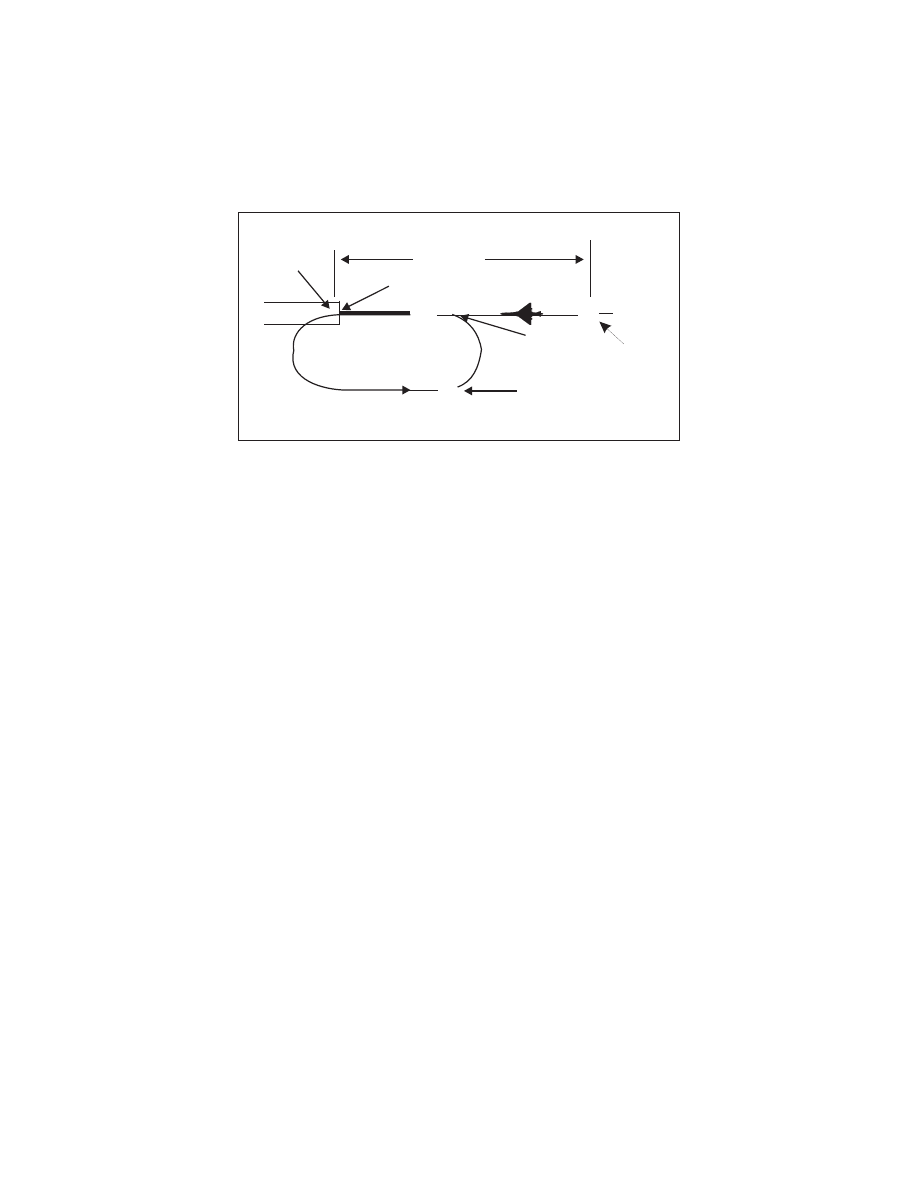
AIM
4/20/23
PHRASEOLOGY
−
BREAK AT (specified point).
REPORT BREAK.
FIG 5
−
4
−
34
Overhead Maneuver
INITIAL APPROACH
INITIAL APPROACH
3 - 5 NM
180° TURN
X
X
ROLL OUT
ROLL OUT
BREAK POINT
BREAK POINT
180° TURN
X
INITIAL POINT
INITIAL POINT
Arrival Procedures
5
−
4
−
68